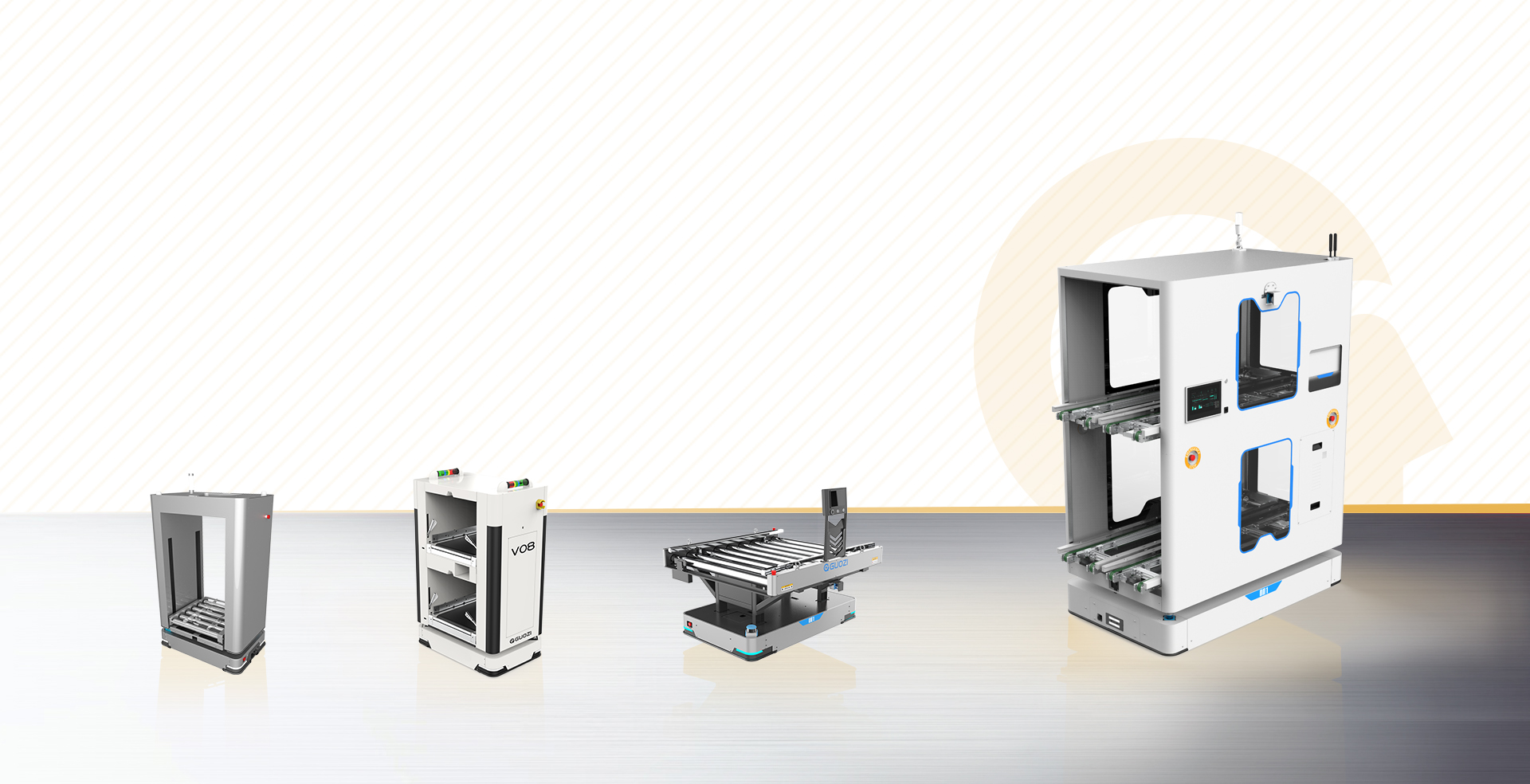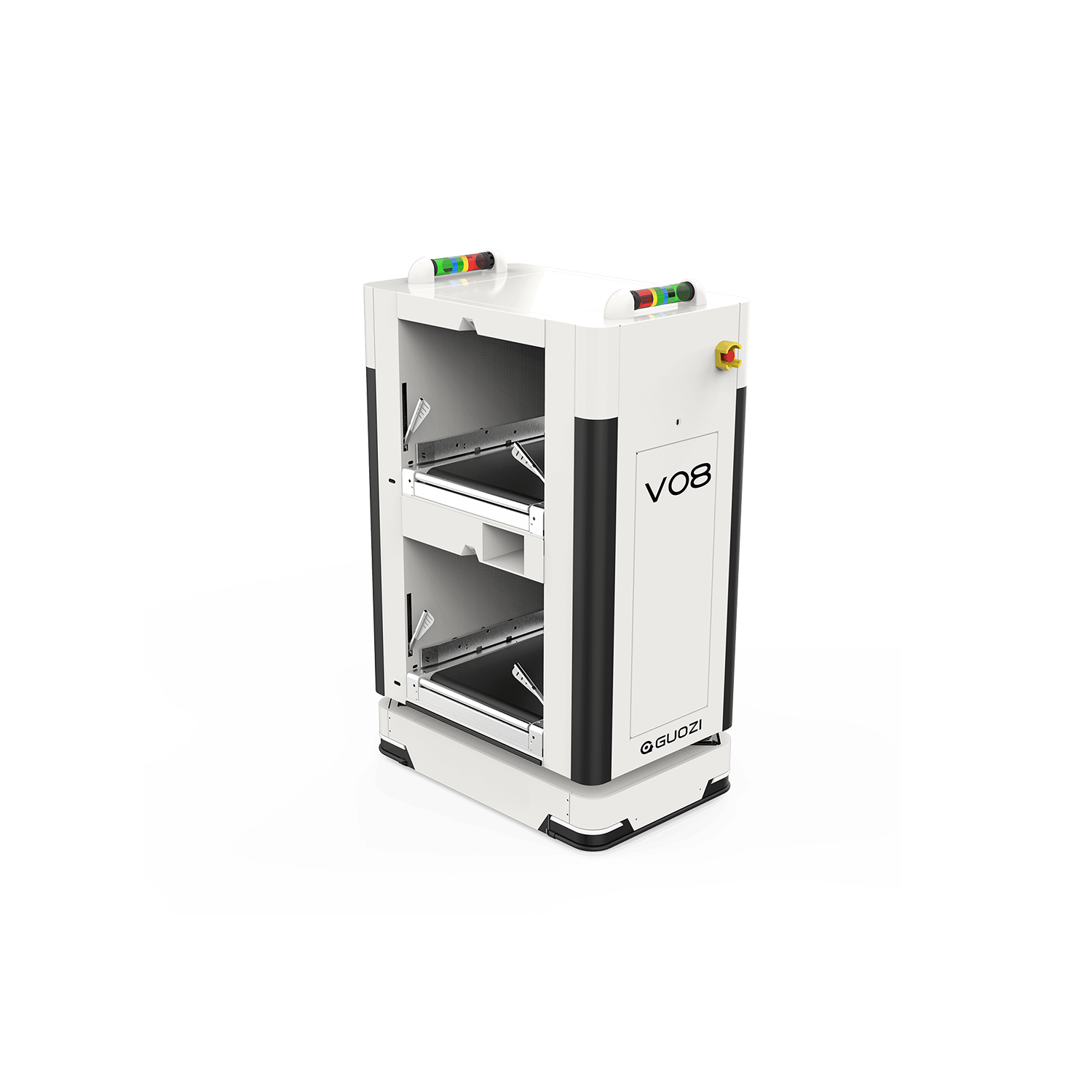In supply chain management, multi-picking process optimization in warehousing is of great significance for improving overall operational efficiency and reducing costs. This paper discusses the strategies and methods of multi-picking process optimization from practical application, and combines case studies to provide reference for enterprises to achieve efficient picking in supply chain management.
With the intensification of the competition in the market, the supply chain management has become the key to enhance the competitiveness of enterprises. Warehousing, as the core link of the supply chain, has a direct impact on order fulfillment speed and customer satisfaction through its picking efficiency. Multi-picking process optimization aims to improve the efficiency and quality of warehouse picking operations through scientific management tools and technological innovation. This paper will discuss around this topic.
The necessity of multi-picking process optimization
Improve the speed of order fulfillment: respond quickly to market demand, shorten order processing time, and improve customer satisfaction.
Reduce operating costs: reduce ineffective operations and lower labor and logistics costs by optimizing processes.
Enhance inventory accuracy: Accurate picking processes help reduce inventory errors and improve inventory management.
Enhance enterprise competitiveness: Efficient warehousing operation is a reflection of the enterprise's supply chain management capability, which helps to enhance market competitiveness.
Multiple picking process optimization strategy
Picking strategy optimization
(1) Batch picking: Combine multiple orders into a single batch for picking to reduce repetitive operations.
(2) Wave picking: According to the time period of the order demand, picking waves are reasonably arranged to improve operational efficiency.
Innovation of technological means
(1) Introduction of automated equipment: use of automatic picking robots, conveyor belts and other equipment to reduce manual operation.
(2) Applying intelligent systems: using warehouse management systems (WMS), picking assistance systems (PAS), etc., to realize information management.
Personnel management optimization
(1) Job training: Strengthening staff's understanding of multi-picking processes and operational skills training.
(2) Performance incentives: establish a reasonable performance appraisal system to motivate employees.
The implementation steps of multi-picking process optimization
Status quo analysis: conduct a comprehensive analysis of the company's existing picking process to find out the existing problems.
Strategy development: based on the analysis results, develop specific optimization strategies and implementation plans.
Technical preparation: select appropriate technical means and equipment to support the optimization process.
Personnel training: Provide systematic training to relevant personnel to ensure effective implementation of optimization measures.
Tracking and Evaluation: During the implementation process, continuous tracking and evaluation of the optimization effect, and timely adjustment of the strategy.
Multiple picking process optimization is an important part of supply chain management, through the implementation of scientific optimization strategies, enterprises can effectively improve the efficiency of warehousing operations, reduce operating costs, enhance market competitiveness. Enhance market competitiveness. With the continuous progress of technology and management innovation, multi-picking process optimization will bring more significant economic benefits for enterprises.








